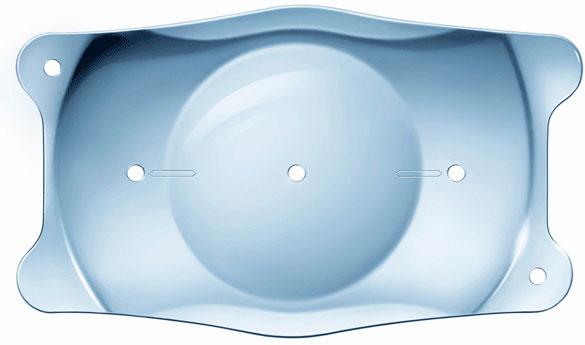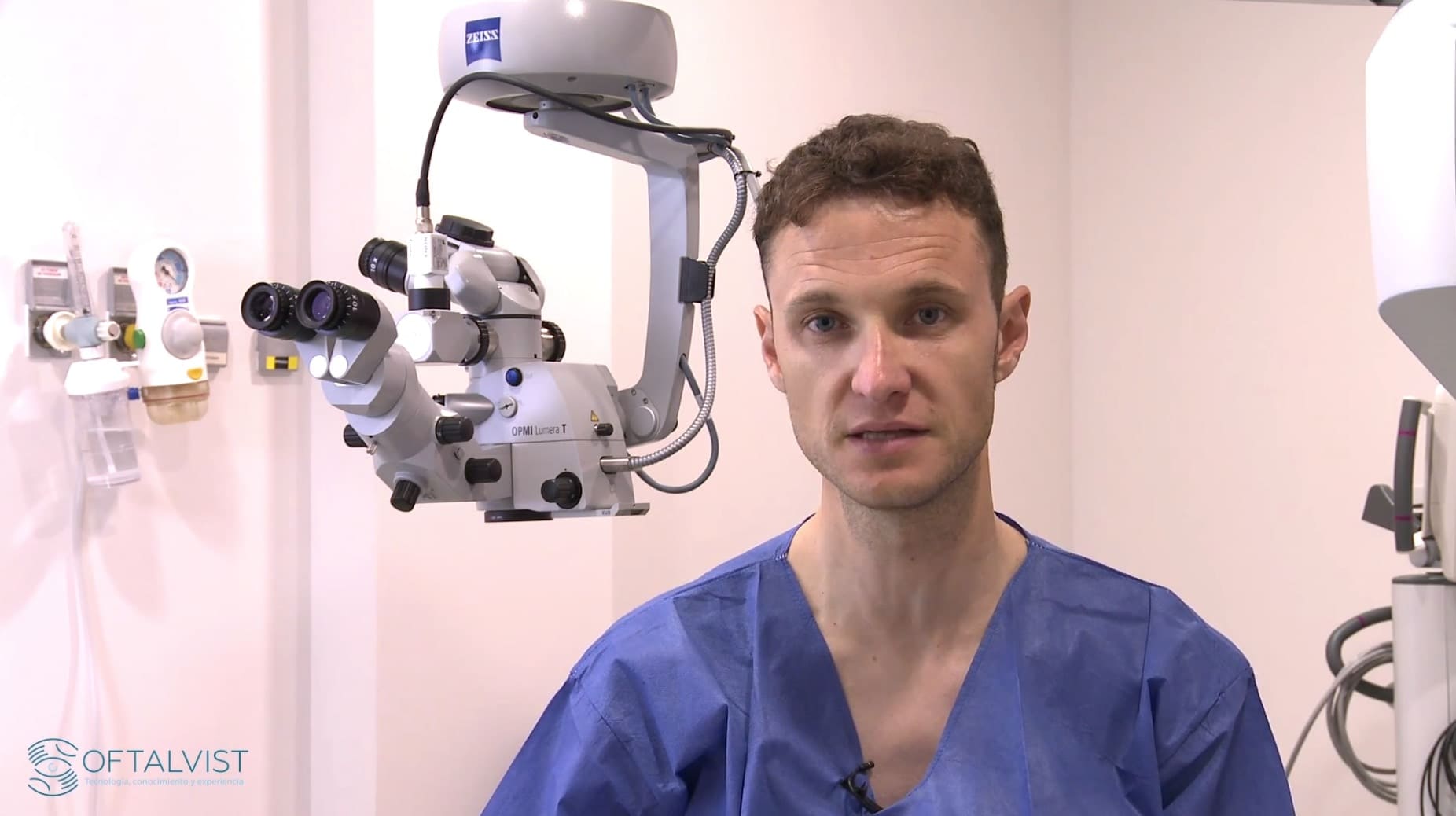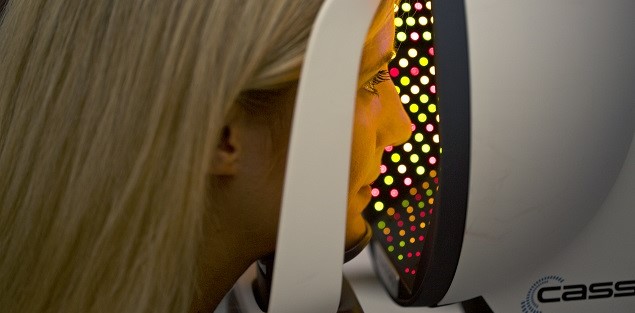Refractive surgery / ICL Lenses
What is an ICL lens?
An ICL is a phakic lens, which means that it can be implanted without the need to remove the transparent crystalline lens from the eye. During myopia surgery or hyperopia, with or without astigmatism.

For what cases would an ophthalmologist recommend an ICL lens implant?
This technique is ideal for patients, particularly young people, with high myopia or hyperopia, limited vision or thin corneas that cannot be treated with the standard Lasik technique. ICL lenses can correct up to 18 dioptres in myopia and 10 in hyperopia. If the patient has an astigmatism,
a toric ICL lens may be implanted to correct it. For patients with dioptres outside of this range, or with other defects, an additional operation can be performed after 3 to 4 months, with Excimer laser and LASIK. This technique does not correct presbyopia.
What are the main advantages?
✓ The surgery is very fast: it takes around 10-15 minutes per eye.
✓ As opposed to laser treatment, ICL is potentially reversible: if there are any complications, the lens can be removed without damaging any eye tissue, so the patient can be returned to pre-operative condition with the option to perform different operations.
✓ ICL is flexible and invisible: once implanted, neither the patient nor anyone else will be able to see or feel it, as it is completely invisible.
✓ The ICL protects eyes from UVA rays in normal climates.
✓ ICL surgery does not require stitches, so patients will recover quicker from surgery. Patients will generally recover normal vision within 1-2 days, with excellent results.
How is ICL lens surgery performed for myopia, hyperopia and/or astigmatism?
ICL surgery is a cutting-edge technique with immediate and excellent results.
→ The surgery requires topical anaesthetic, using eye drops.
→ The surgeon inserts the flexible ICL intraocular lens with a 2.8 mm corneal incision. In the past rigid lenses were used, so the incisions had to be larger (6-7 mm). This meant that sutures were necessary, which occasionally would lead to astigmatism and poor recovery.
→ During the procedure, hyaluronic acid is injected to maintain the anterior chamber so the surgeon can manoeuvre safely.
→ Once the ICL is in place, with the help of an irrigation-suction cannula connected to the phacoemulsifier, we will remove any potential debris and the incisions will seal themselves.





